Book review: The Essence of Religions
by Christopher Coppes
★★★★
Here’s an interesting claim. The core of all the major religions, Coppes seems to posit, can be discovered hiding in the commonality of Near Death Experiences (NDE’s). Sometimes, when a person recovers from death (or near death), he or she recalls an ineffable experience of an afterlife. Some see a breathtaking light, some participate in a sort of life-review, most are irrevocably changed. Familiar themes of this afterlife include:
- No judgment.
- Interconnectedness with all living beings.
- Unconditional love, as if we are bathed in the Light.
- Everyone seems equally important, often with their own task to do.
Coppes likes the phrase “Unity Universe” to describe this connectedness, and discovers it as common teaching throughout our religions. He spends a chapter each on Hinduism (which teaches that while many gods are worshipped, there is but One Entity, which is everywhere and everything), Buddhism (the ultimate human goal is nirvana, with its lack of self, which sounds a lot like what NDEers describe), Judaism (with its teaching that life is the “breath of God”), Christianity (with its emphasis on perfect Love), and finally Islam (which has an interesting afterlife concept very similar to the life-review NDEers sometimes undergo).
Coppes is both critical and appreciative of all these belief systems, but mostly just wants to steer us away from the fringe beliefs to the wheel of the hub, where we find common ground that looks amazingly like what NDEers describe. A fascinating topic, worth exploring, and this book provides a ground-breaker.


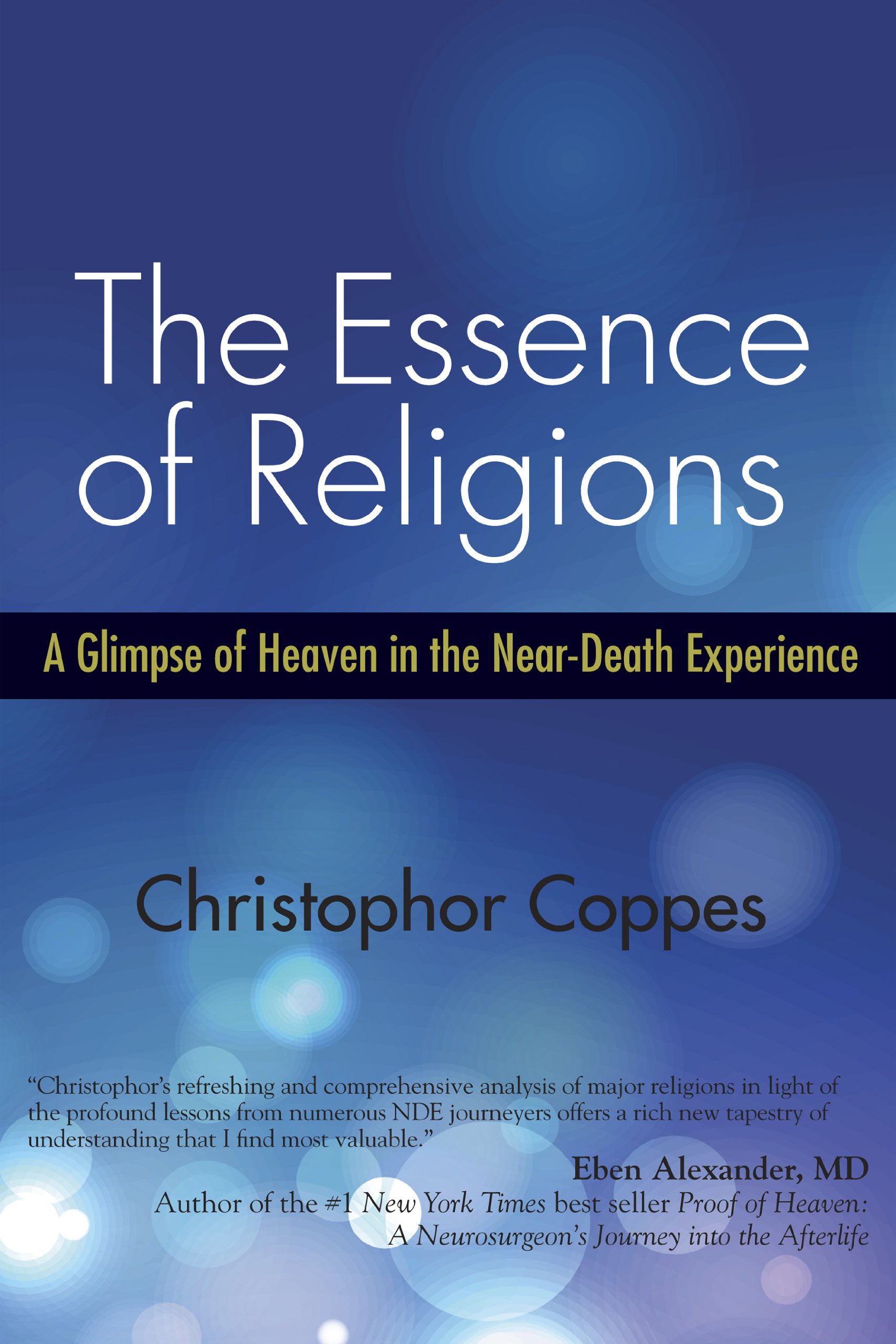

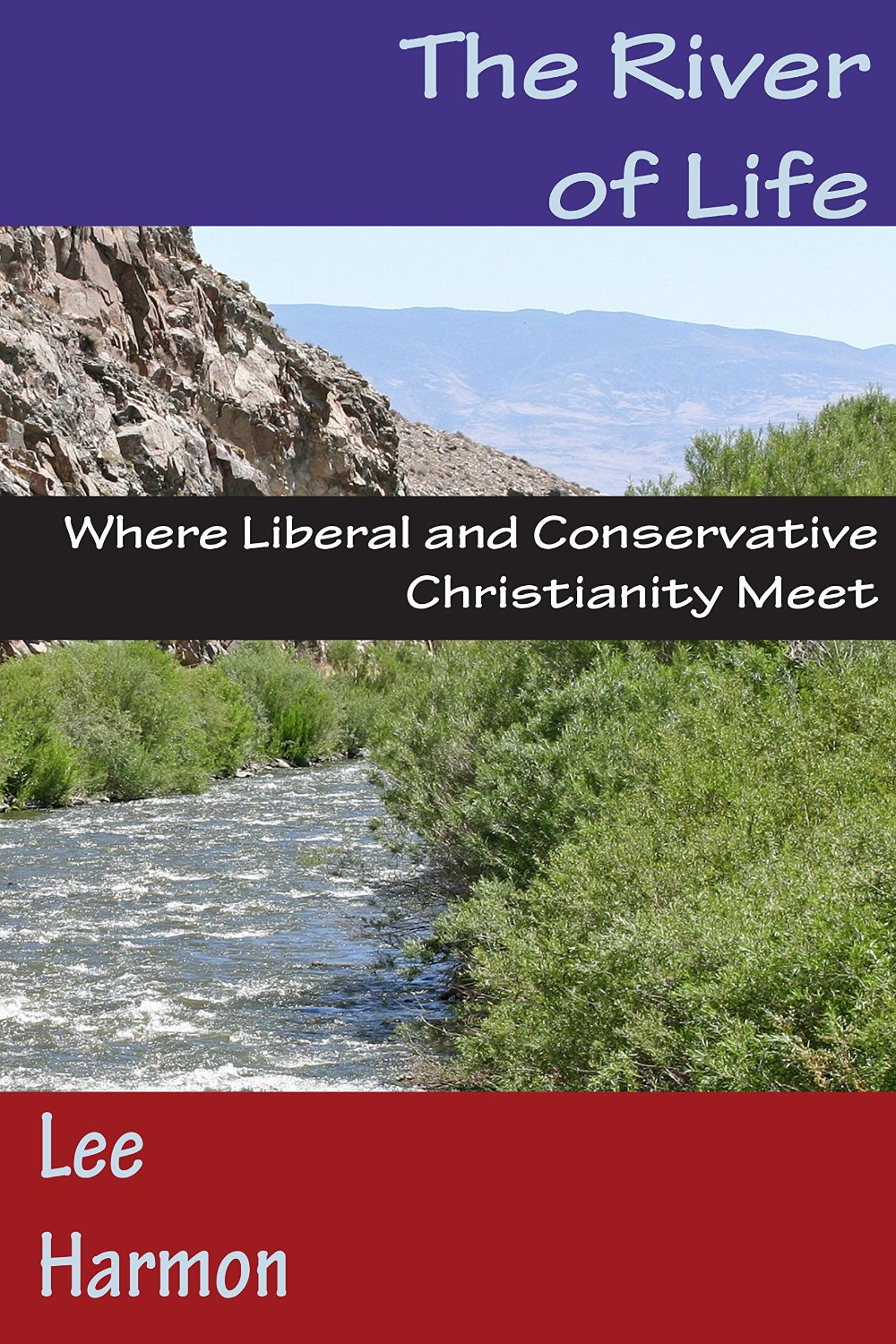

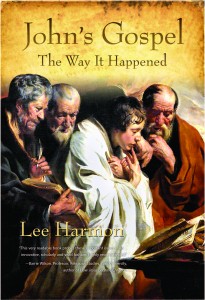

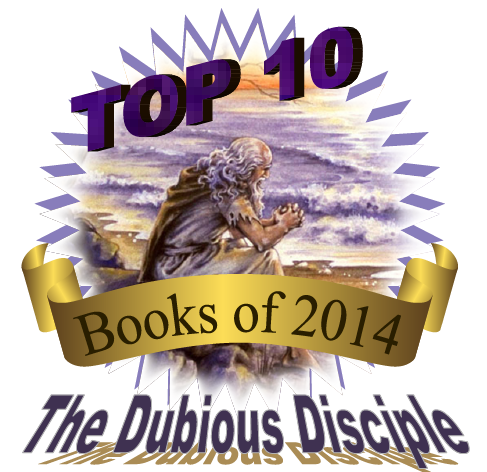
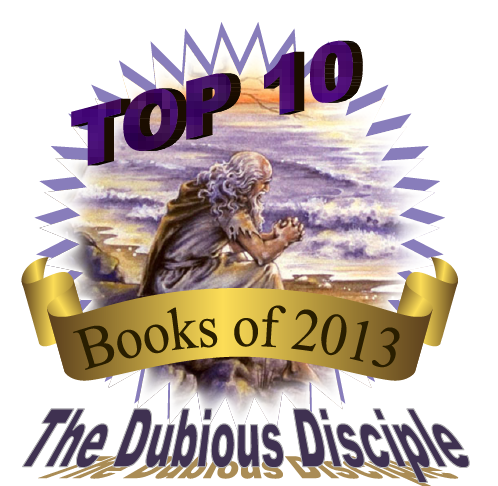


 354 Circles
354 Circles
 603 Goodreads Friends & Fans
603 Goodreads Friends & Fans

 Hello! I'm an author, historical Jesus scholar, book reviewer, and liberal Christian, which means I appreciate and attempt to exercise the humanitarian teachings of Jesus without getting hung up on any particular supernatural or religious beliefs.
The Bible is a magnificent book that has inspired and spiritually fed generations for thousands of years, and each new century seems to bring a deeper understanding of life’s purpose. This is true of not only Christianity; through the years, our age-old religions are slowly transforming from superstitious rituals into humanitarian philosophies. In short, we are growing up, and I am thrilled to be riding the wave.
I avidly read all thought-provoking religion titles. New authors: I'd love to read and review your book!
Hello! I'm an author, historical Jesus scholar, book reviewer, and liberal Christian, which means I appreciate and attempt to exercise the humanitarian teachings of Jesus without getting hung up on any particular supernatural or religious beliefs.
The Bible is a magnificent book that has inspired and spiritually fed generations for thousands of years, and each new century seems to bring a deeper understanding of life’s purpose. This is true of not only Christianity; through the years, our age-old religions are slowly transforming from superstitious rituals into humanitarian philosophies. In short, we are growing up, and I am thrilled to be riding the wave.
I avidly read all thought-provoking religion titles. New authors: I'd love to read and review your book!
 Hi! While Lee writes the articles and reviews the books, I edit, organize, and maintain the blog. The views expressed here are Lee's but I'm his biggest supporter! :-)
Hi! While Lee writes the articles and reviews the books, I edit, organize, and maintain the blog. The views expressed here are Lee's but I'm his biggest supporter! :-)
The term Hinduism also occurs sporadically in Sanskrit texts such as the later Rajataranginis of Kashmir (Hinduka, c. 1450), some 16th-18th century Bengali Gaudiya Vaishnava texts, including Chaitanya Charitamrita and Chaitanya Bhagavata, usually to contrast Hindus with Yavanas or Mlecchas.'”“